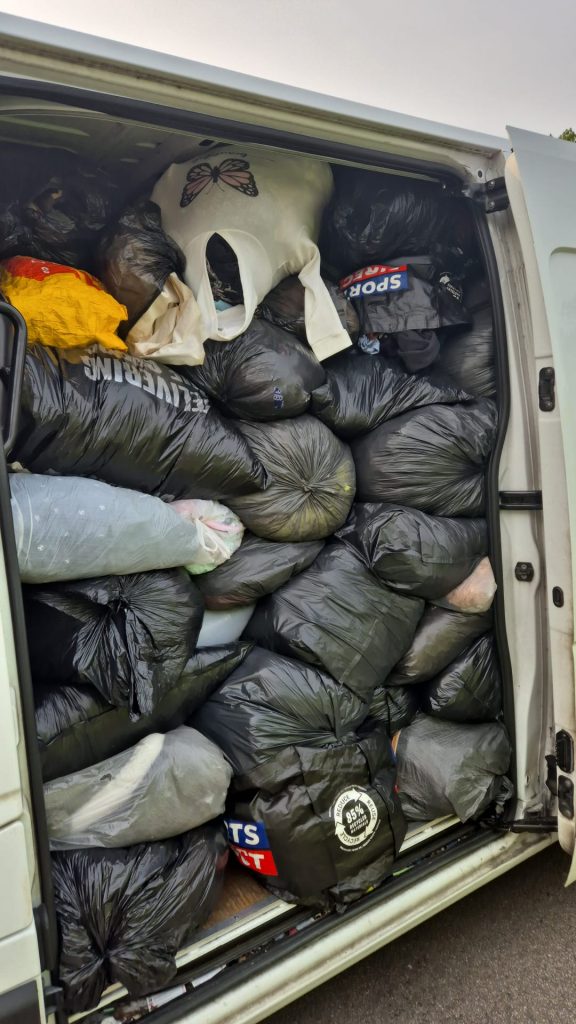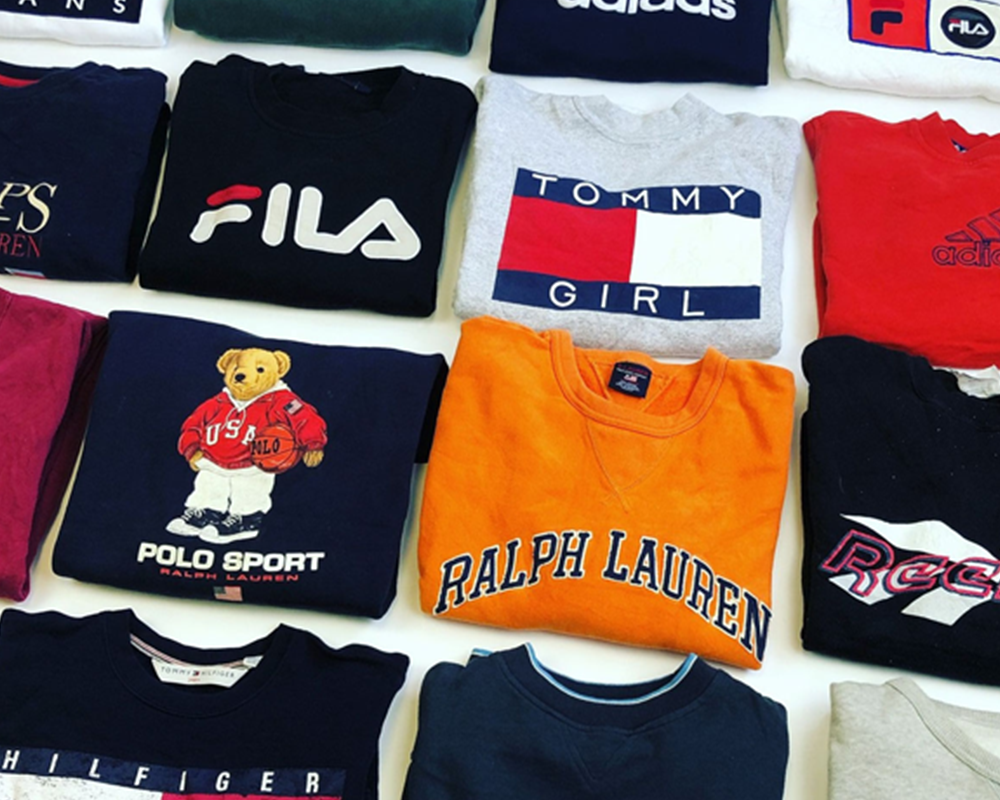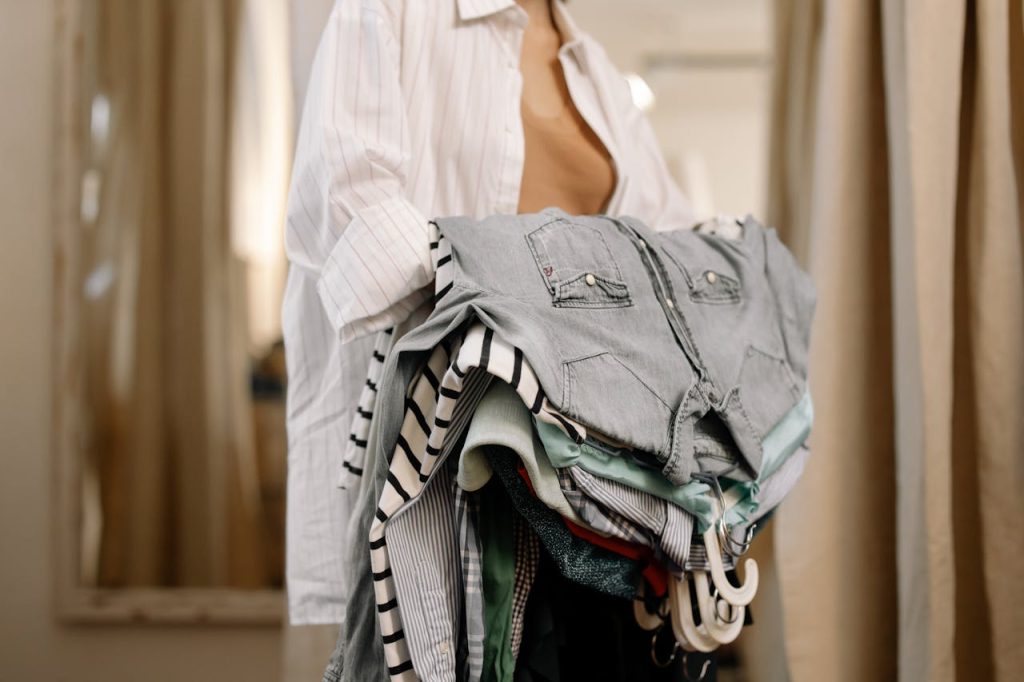The UK generates around 1.1 million tonnes of textile waste annually, with approximately 350,000 tonnes ending up in landfills. Clothing banks help to reduce this environmental burden significantly. According to WRAP (Waste and Resources Action Programme), textile collection banks in the UK collect over 250,000 tonnes of textiles each year.
How the Process Works
- Collection: Donors place their items in the clothing banks.
- Regular Emptying: Charities or textile recycling companies empty the banks on a scheduled basis.
- Sorting: Collected items are transported to sorting facilities where they are categorized based on quality and type.
- Distribution: High-quality items are sent to charity shops or overseas markets. Lower-quality items are recycled into new products or materials.
Benefits of Using Clothing Banks
- Environmental: Reduces textile waste in landfills and conserves resources.
- Social: Provides affordable clothing options and supports charitable causes.
- Economic: Creates jobs in the recycling and second-hand clothing sectors.
Challenges and Future Outlook
Despite their success, clothing banks face challenges such as theft, vandalism, and the dumping of non-textile waste. However, innovations in bank design and increased public awareness are helping to address these issues.
Looking ahead, the UK government’s Resources and Waste Strategy aims to improve textile collection rates and promote a more circular economy for textiles. This could lead to an expansion of clothing bank networks and improved processing technologies.
How You Can Help
Next time you’re clearing out your wardrobe, consider donating your unwanted items to a local clothing bank. By doing so, you’ll be contributing to a more sustainable future for textiles in the UK.
Remember: every item donated is an item diverted from landfill and given a new lease of life!



